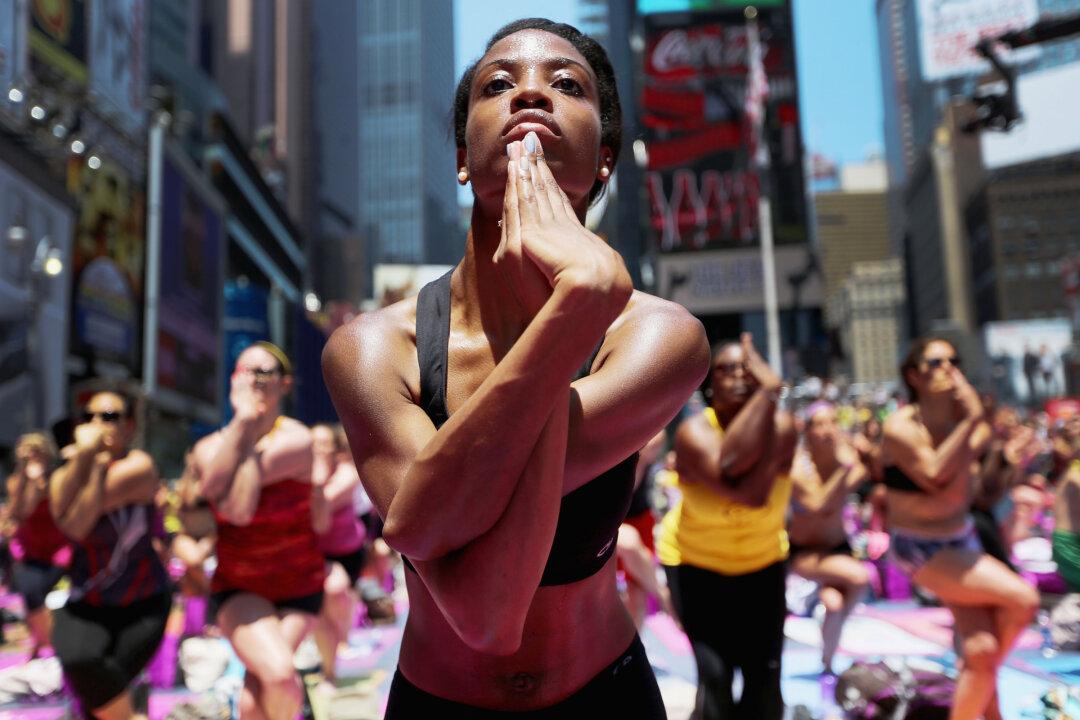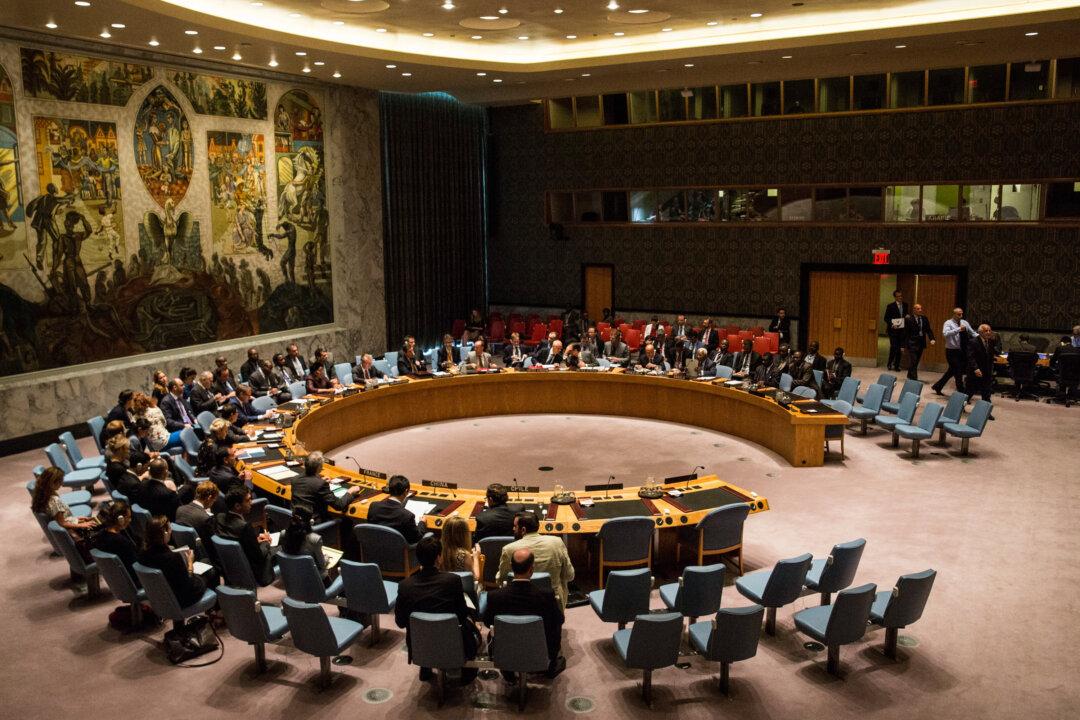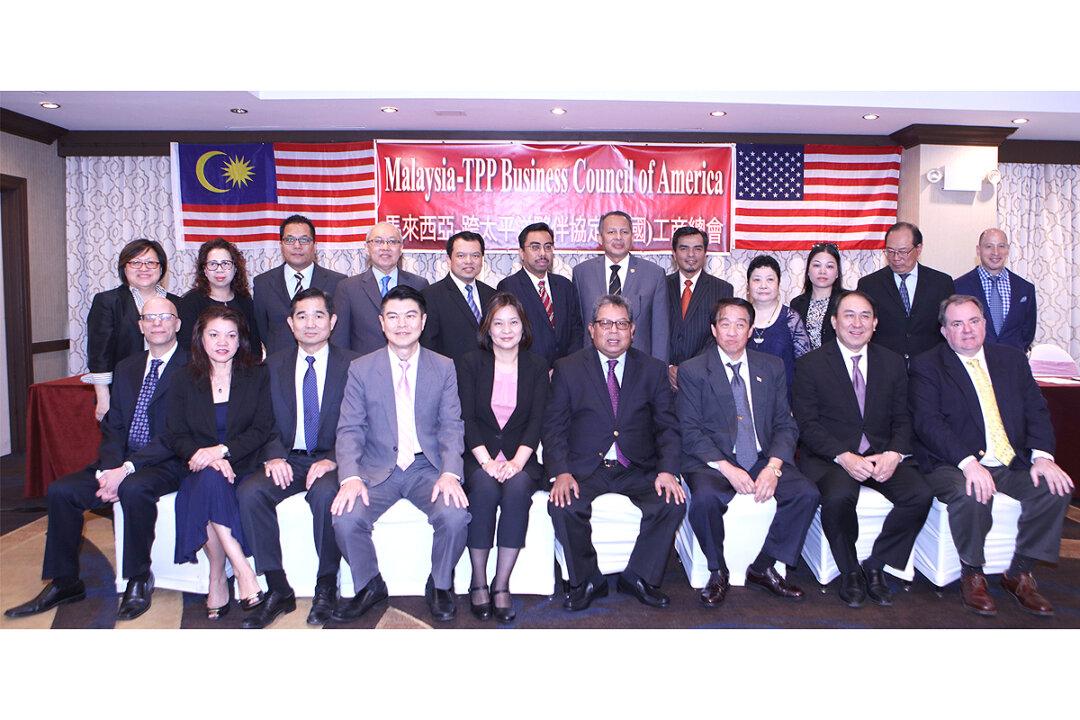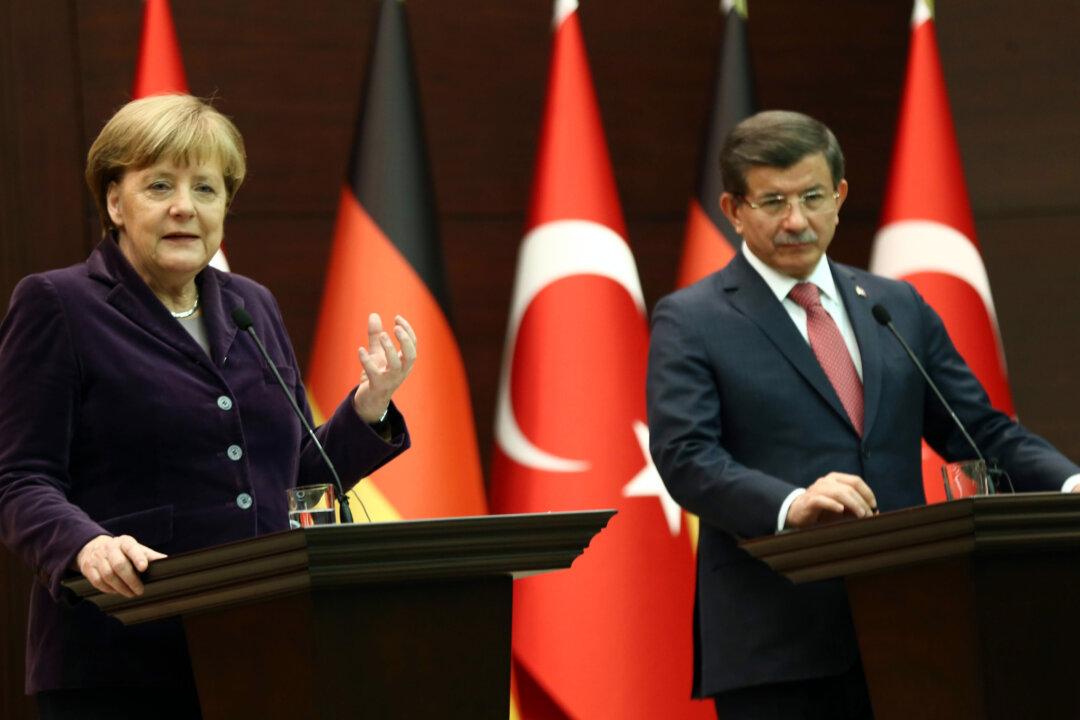Though its soft power is visible through many manifestations—be it the ancient medical science of Ayurveda for curing many ailments, the curry cuisine, Bollywood, information technology, and what have you—India seems to have left a strong and ever-lasting impact on our daily lives through yoga which is today ubiquitous in much of the world.
Although a large section of the Indian population still lives in grinding poverty and does not even have access to basic sanitation—contrast this with the strides made by China in economic development though it uses its military arsenal and force, euphemized as the “hard power,” to engage in sheer belligerence, as we see it happening in its direct neighborhood, causing anger and distrust in the region—India has built up a soft power pedestal for itself. Yoga’s healing powers are much appreciated today by medical experts who value its attribute of striking a “healthy balance of mind and body.”
Little wonder, then, the entire United Nations turns out to celebrate June 21 each year as the International Day of Yoga. India’s permanent mission to the United Nations, in conjunction with the U.N.’s Department of Public Information, organized on June 21 this year the celebration of the 2016 International Day of Yoga at the United Nations Secretariat Circle in the presence of a large international gathering.
The International Day of Yoga has been institutionalized at the U.N. through a General Assembly resolution passed in December 2014; a record 177 co-sponsoring member states passed the resolution, designating June 21 each year as the International Day of Yoga for observance by the United Nations. The first such celebration at the U.N. was held last year—also on June 21.
The idea of declaring an International Day of Yoga at the United Nations was formally proposed by Indian Prime Minister Narendra Modi in his maiden address to the 69th General Assembly on Sept. 27, 2014. Modi had then pointed out that June 21, one of the two solstices, which marks the longest day in the northern hemisphere, had special significance in many parts of the world, and could be considered for adoption as the International Day of Yoga by the United Nations each year. The Indian Prime Minister observed that yoga embodied “unity of mind and body; thought and action; restraint and fulfillment; harmony between man and nature; a holistic approach to health and well-being.”




